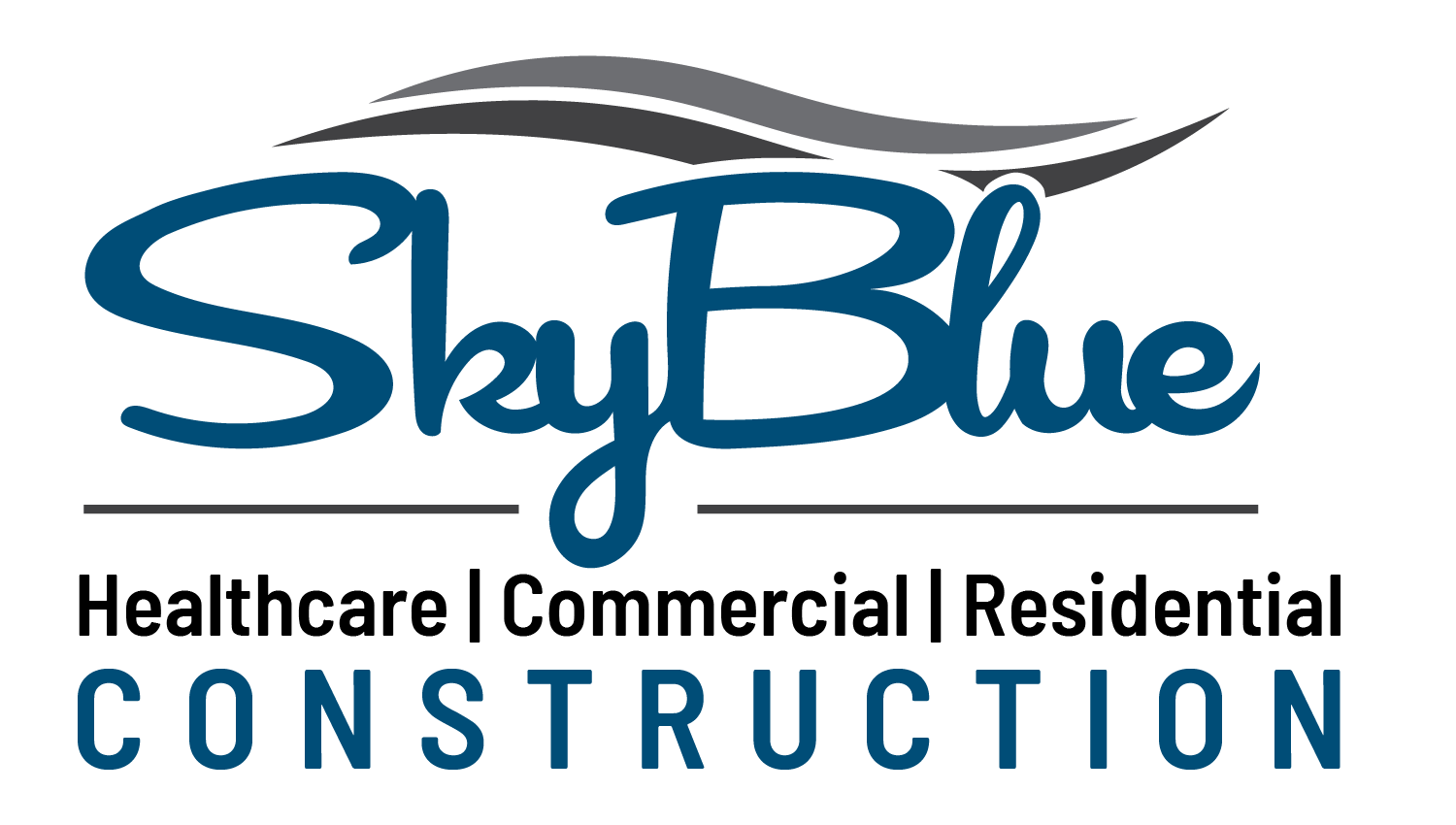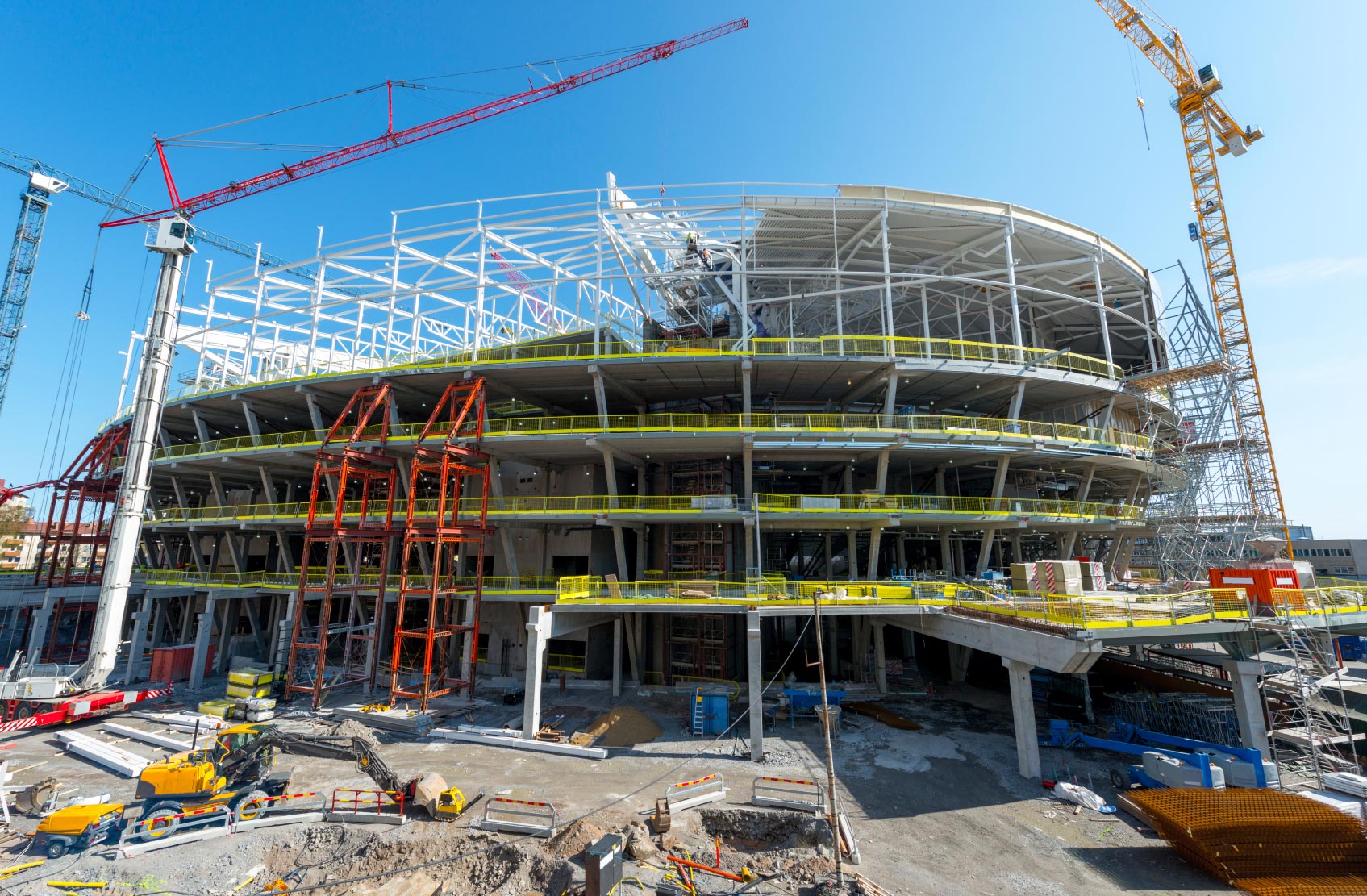In Calgary, healthcare needs are growing rapidly. As the population increases, so does the demand for state-of-the-art medical facilities. This surge in demand highlights the critical need for effective hospital construction services in Calgary. Today, we will get into some of the unique aspects of hospital construction that are often overlooked. These include sustainable building practices, advanced technology integration, patient-centered design, and the importance of community involvement.
How Can We Create Greener Hospital Construction Services in Calgary for a Greener Planet?
First and foremost, sustainability in hospital construction is not just a trend; it’s a necessity. Hospitals consume vast amounts of energy and resources. Therefore, incorporating sustainable building practices can significantly reduce their carbon footprint.
One innovative method involves using renewable energy sources. Solar panels and wind turbines can be integrated into the design, allowing hospitals to generate their energy. This strategy not only reduces utility costs but also contributes to a healthier environment. Additionally, using recycled materials in construction minimizes waste and promotes resource efficiency.
Moreover, we can implement water conservation strategies. For instance, rainwater harvesting systems can collect and utilize rainwater for non-potable uses. This approach is particularly beneficial in Calgary, where water conservation is essential due to changing climate conditions. By adopting these sustainable practices, hospitals can ensure a healthier future for both patients and the planet.
Smart Solutions for Savvy Healthcare Spaces
Next, let’s discuss how advanced technology is transforming hospital construction. Incorporating cutting-edge technology is crucial for improving operational efficiency and patient care. From building information modeling (BIM) to smart building systems, technology plays a pivotal role in modern hospital design.
BIM allows architects and engineers to create a 3D model of the hospital. This model aids in visualizing the entire construction process, from initial design to final touches. By detecting major issues early, we can save time and reduce costs. Furthermore, BIM fosters collaboration among all stakeholders, ensuring that everyone is on the same page.
In addition, integrating smart building systems can enhance patient experience. For instance, automated lighting and temperature controls can create a comfortable environment. Moreover, advanced security systems ensure patient safety without compromising accessibility. These technologies not only improve operational efficiency but also uplift the overall experience for patients and staff alike.
Creating Healing Havens That Put Patients First
When discussing hospital construction services, it is essential to emphasize patient-centered design. This approach focuses on creating a healing environment that promotes well-being and comfort. Thoughtful design elements can make a significant difference in patient outcomes.
For instance, natural light plays a crucial role in promoting healing. Studies show that exposure to natural light can reduce stress and improve recovery rates. Therefore, designing hospitals with large windows and skylights can improve the patient experience.
Moreover, incorporating calming colors and artwork can create a soothing atmosphere. Hospitals can feature local artists’ work to make the environment feel more welcoming. These design elements are not merely aesthetic; they contribute to better patient satisfaction and overall health outcomes.
What Unique Materials Are Revolutionizing Hospital Construction?
In the realm of hospital construction, innovative materials can make a world of difference. For example, biophilic design, which emphasizes the connection between nature and built environments, is gaining traction. This design philosophy incorporates natural materials like wood and stone, creating a calming atmosphere for patients.
Furthermore, using antimicrobial materials in high-touch areas can enhance infection control. These materials actively reduce the presence of harmful bacteria and viruses. By integrating these innovative materials, hospitals can ensure a safer environment for both patients and staff.
Additionally, modular construction techniques are emerging as a viable option for hospitals. This approach involves prefabricated sections of the hospital off-site, allowing for quicker and more efficient construction. This method minimizes disruptions to the surrounding community and can significantly reduce overall project timelines.
The Role of Professional Hospital Construction Services
When it comes to executing a successful hospital construction project, professional services are invaluable. Our company Sky Blue specializes in delivering comprehensive hospital construction services in Calgary. Their expertise ensures that projects meet regulatory standards and are completed on time and within budget.
Moreover, professional construction services provide valuable insights throughout the project. Their experience enables them to anticipate challenges and implement solutions quickly. By collaborating with healthcare providers, architects, and engineers, they ensure that every aspect of the construction aligns with the overall vision.
In addition, professional services can facilitate effective communication among all stakeholders. Regular updates and transparent discussions are crucial for maintaining momentum and addressing concerns. This collaborative approach fosters a sense of trust and accountability throughout the project.
Ensuring Hospitals Are Ready for Tomorrow!
As we look toward the future, it’s essential to future-proof hospital facilities. This means designing spaces that can adapt to changing healthcare needs. For instance, flexible room designs can accommodate various services. By creating multi-purpose spaces, hospitals can easily adjust to shifts in patient demand or new medical technologies.
Moreover, we should consider the integration of telemedicine capabilities. As remote healthcare becomes increasingly popular, hospitals must ensure their infrastructure supports virtual care. This may involve designing dedicated telemedicine rooms or integrating technology into patient rooms.
By focusing on flexibility and adaptability, hospitals can remain relevant and effective in delivering quality care. This proactive approach will benefit both patients and healthcare providers for years to come.
Let’s Join Hands for Hospital Progress
Another often overlooked aspect of hospital construction is community involvement. Engaging the community in the planning process ensures that the facility meets the specific needs of the population it serves. By hosting town hall meetings and focus groups, we can gather valuable feedback from residents.
Involving the community also fosters a sense of ownership. When community members feel invested in the project, they are more likely to support it. This support can manifest in various ways, including fundraising efforts and volunteer initiatives.
Moreover, community input can shape the hospital’s services. For example, if residents express a need for mental health services, planners can prioritize that in the facility’s design. Ultimately, collaboration between healthcare providers, architects, and the community leads to a more successful project.
Conclusion!
In conclusion, the demand for hospital construction services in Calgary is on the rise, driven by a growing population and evolving healthcare needs. By focusing on sustainability, advanced technology, patient-centered design, community involvement, innovative materials, and future-proofing, we can create hospitals that truly serve our communities.
So, let’s work together to shape the future of healthcare in Calgary. Contact us today to learn how we can collaborate on your next hospital construction project! Your vision deserves to be built!


